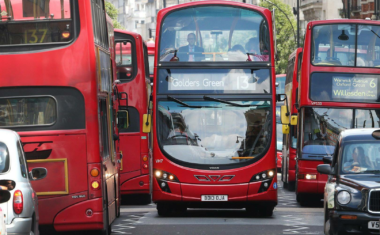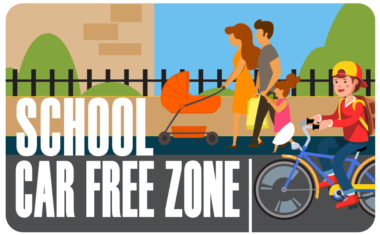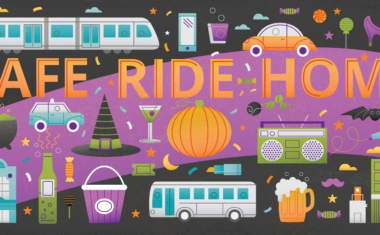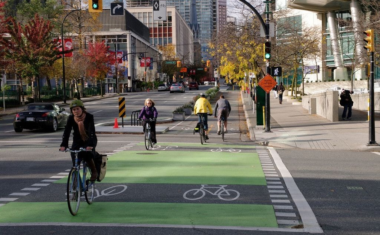Safe Streets for Seniors
- 5
- 5 min to read
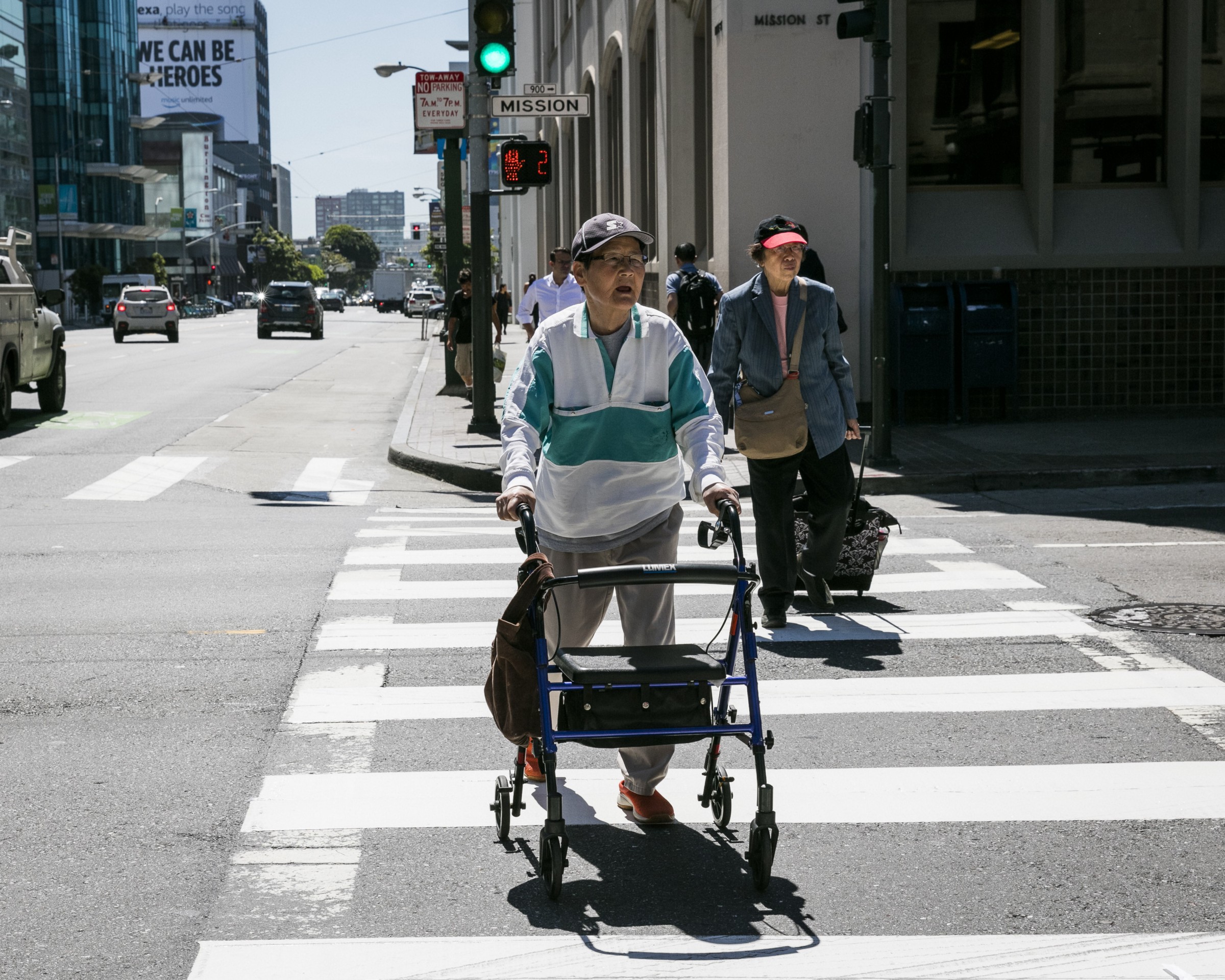
About the city. Pedestrian fatalities have grown as a share of all traffic fatalities — between 2007 and 2013 pedestrian fatalities grew from 51% to 58%.
Goal
The main aim is to improve the safety of seniors and other pedestrians, as well as all road users in New York City. Moreover, to decrease traffic fatalities among seniors.
Implementation period. Implementation started in 2008. The project is active.
Fact
13% of the NYC population are seniors, additionally 39% of NYC pedestrian traffic fatalities are seniors. By 2030, people age 65+ in NYC will increase by more than 200,000.
Solutions

Why is the project focused on this particular category of the population?
Firstly, seniors in NYC walk much more than those elsewhere in the US. Secondly, senior fatality rate 4x that of younger New Yorkers.
What territories does the project cover?
The number of territories (Senior Pedestrian Focus Areas) increases every year. In 2008, 25 areas were taken as the basis. By 2012, the list was expanded to 12 more territories, and so on.
Toolbox of typical safery improvements
What is being done within the project:
-
Daylighting — driver-pedestrian visibility.
-
Countdown signals to tell pedestrians how much more time they have to cross.
-
Signal timing — if there is a necessity, they can add more time to cross where possible, LPIs, split phases, flashing amber turns.
-
Pedestrian safety islands — shortens crossings on wide streets, provide safer crossings.
-
Road diet — organizes traffic, less speeding.
-
Sidewalk extension — shortens crossing distance, slows turning cars.
-
Accessible Pedestrian Signals (APS) to provide audible signal in.
-
Repair pedestrian ramps to repair pedestrian ramps on intersections with safety projects.
-
Close slips or normalize turns — creates safer turns and improves driver to pedestrian visibility.
-
Bus Stop improvements to develop pedestrian and driver safety and enhance connections to public transit.
-
Left Turn Traffic Calming to modify turning angle from cross street to create safer, slower left turn.
-
Raised crosswalks or intersections.

Team
The New York City Department of Transportation (NYCDOT). It partnered with NYC Department for the Ageing to coordinate outreach and share resources in terms of the project.
Timeline
Since the program began, annual senior pedestrian fatalities have decreased 17% citywide, from an average of 65 fatalities per year between 1999 and 2008 to an average of 54 fatalities between 2009 and 2018.
Since 2009, 182 Street Improvement Projects (SIPs) have been implemented in Senior Areas. 121 areas have at least two years of post-implementation data available for analysis — as a result 15% decrease in pedestrian injuries and 9% decrease in total injuries.
If you notice an error or inaccuracy in our editorials, please email [email protected] so we can look into it.


